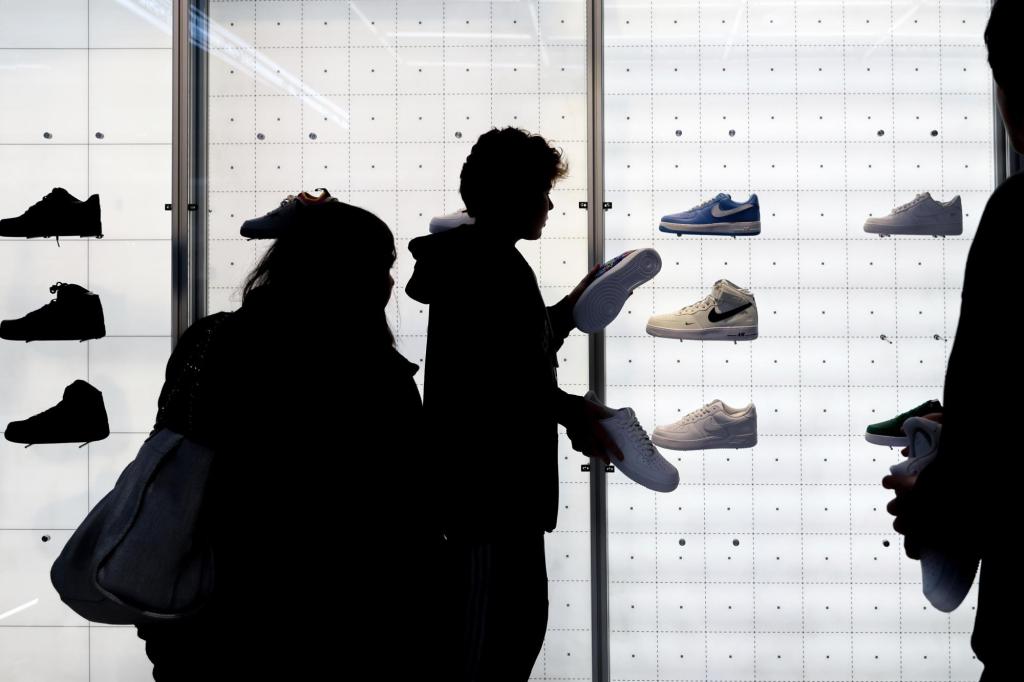Summary
Economist Ulrich Joubert says while the slight increase in consumer inflation is not entirely bad, consumers could see substantial increases in property tax, rates and services, among other things. The latest Consumer Price Index (CPI) numbers were released by Statistics South Africa (Stats SA) on Wednesday.
Source: EWN

AI News Q&A (Free Content)
Q1: What is consumer innovation and how has it evolved in recent years?
A1: Consumer innovation refers to the practical implementation of new ideas that result in the introduction of new or improved goods and services for consumers. Over the past five years, consumer innovation has increasingly relied on advances in digital technologies, data analytics, and behavioral segmentation to create more personalized and effective products and services. The field has evolved through the integration of machine learning and consumer neuroscience, enabling companies to better understand and predict consumer needs, preferences, and behaviors, leading to more targeted and impactful innovations.
Q2: How do consumer innovations impact economic factors such as inflation and property taxes in South Africa?
A2: Consumer innovations can influence economic factors like inflation by affecting the prices of goods and services through increased efficiency and competition. In South Africa, recent innovations in retail and service delivery have helped contain some cost increases, but rising inflation, as measured by the Consumer Price Index (CPI), has contributed to higher property taxes and municipal rates. These increases are often necessary for local governments to maintain services amidst rising costs, as indicated by statements from economists and official CPI releases.
Q3: What are some recent developments in retail innovation that have affected consumer behavior?
A3: Recent retail innovations include the adoption of e-commerce platforms, contactless payment systems, and the use of artificial intelligence to personalize shopping experiences. These developments have shifted consumer behavior towards more online purchasing and increased expectations for convenience and speed. Retailers are also leveraging big data analytics to better understand consumer preferences and tailor their offerings, resulting in more efficient inventory management and improved customer satisfaction.
Q4: What are the historical roots of consumer innovation and how have they shaped current trends?
A4: The roots of consumer innovation date back to the 1940s and 1950s, when the study of consumer behavior became a distinct discipline within marketing. Early research focused on understanding the motivations and preferences of consumers, which laid the groundwork for today’s data-driven approaches. The emergence of behavioral economics, ethnography, and advanced data analytics has enabled companies to build on these foundations, leading to highly personalized and innovative products and services that meet evolving consumer demands.
Q5: What are the potential benefits and drawbacks of increased consumer innovation in the retail sector?
A5: Benefits of increased consumer innovation in retail include improved product variety, enhanced customer experience, greater efficiency, and potentially lower prices due to competition. However, drawbacks may include job displacement due to automation, data privacy concerns, and the risk of excluding consumers without access to digital technologies. These trade-offs require careful management to ensure equitable access and minimal negative impact.
Q6: How does the study of consumer behavior inform the development of new innovations?
A6: The study of consumer behavior provides insights into how consumers make purchasing decisions, what influences these decisions, and how preferences change over time. By leveraging tools such as customer relationship management databases and behavioral segmentation, companies can identify emerging trends and unmet needs. This information drives the development of targeted innovations that are more likely to succeed in the marketplace.
Q7: Based on the latest research, what is the economic impact assessment of consumer and retail innovation?
A7: Recent research highlights that consumer and retail innovation contributes positively to economic growth by increasing productivity, fostering competition, and driving investment in new technologies. However, the economic impact can vary by sector and region, with some areas experiencing greater benefits due to better infrastructure and higher adoption rates. In South Africa, retail and consumer innovations have supported economic resilience, but also spotlight the need for policies that address rising costs, such as property taxes and inflation, to ensure inclusive growth.
References:
- Consumer behaviour - https://en.wikipedia.org/wiki/Consumer_behaviour
- Innovation - https://en.wikipedia.org/wiki/Innovation





